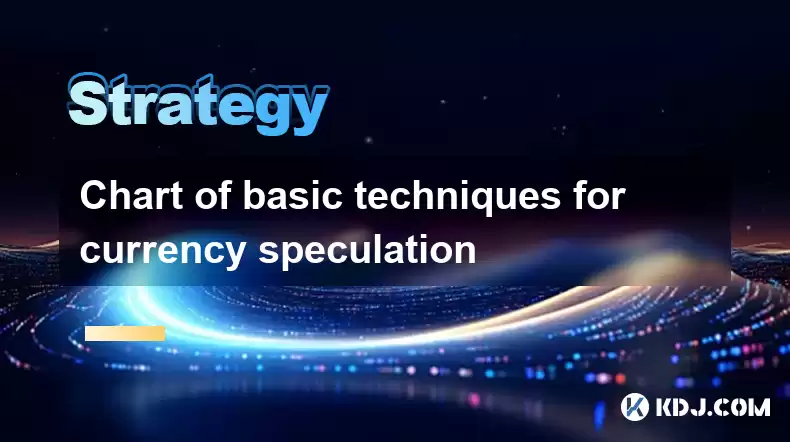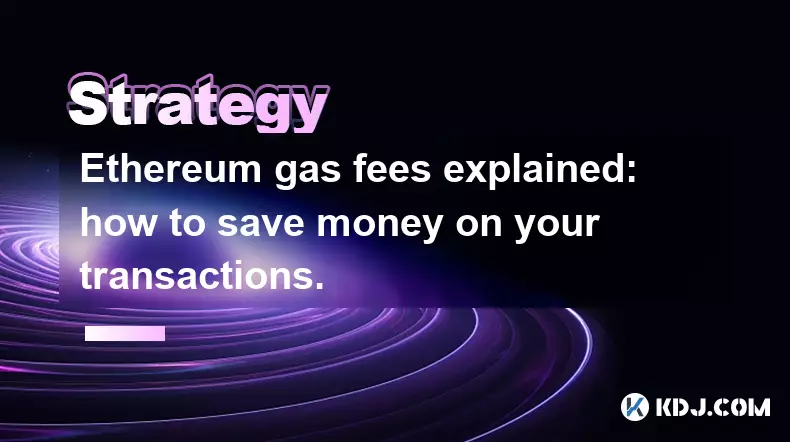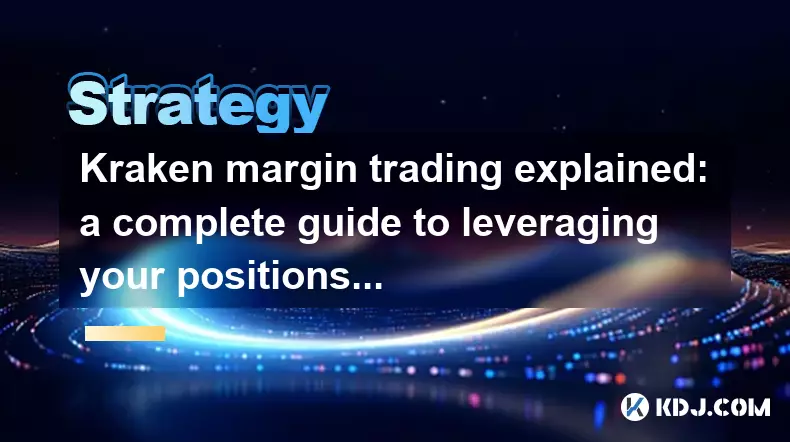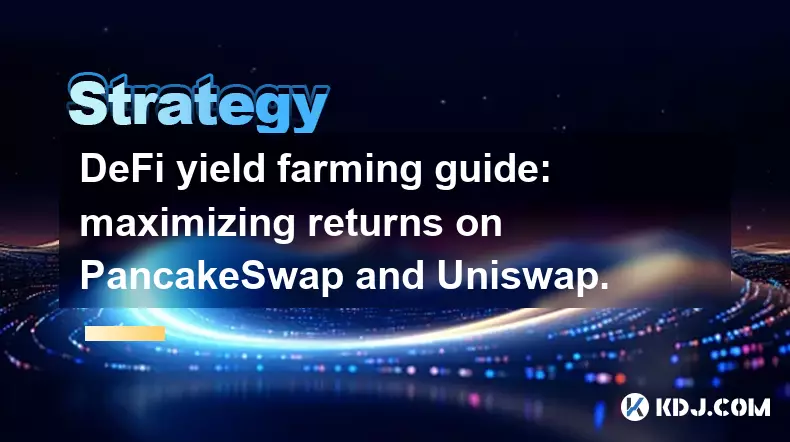-
 bitcoin
bitcoin $101752.865364 USD
-1.09% -
 ethereum
ethereum $3382.985899 USD
-1.38% -
 tether
tether $0.999658 USD
0.04% -
 xrp
xrp $2.272505 USD
-1.51% -
 bnb
bnb $989.089004 USD
0.14% -
 solana
solana $156.962612 USD
-3.08% -
 usd-coin
usd-coin $0.999776 USD
0.01% -
 tron
tron $0.290786 USD
-0.69% -
 dogecoin
dogecoin $0.174594 USD
-2.86% -
 cardano
cardano $0.560085 USD
-3.55% -
 hyperliquid
hyperliquid $40.023704 USD
-5.75% -
 chainlink
chainlink $15.324649 USD
-2.78% -
 bitcoin-cash
bitcoin-cash $493.576540 USD
-3.52% -
 zcash
zcash $571.320038 USD
-12.05% -
 stellar
stellar $0.280066 USD
-4.26%
Chart of basic techniques for currency speculation
Understanding currency pairs, involving trading one currency against another, is crucial for speculative success.
Jan 10, 2025 at 07:16 pm

- Understanding Currency Pairs
- Technical Analysis Methods
- Fundamental Analysis
- Setting Up a Trading Strategy
- Risk Management Techniques
1. Understanding Currency Pairs
Currency speculation involves trading a pair of currencies against each other, such as EUR/USD or GBP/JPY. The first currency is called the base currency, while the second is known as the quote currency.
- Quotation: Currency pairs are typically quoted in the format "base currency / quote currency."
- Exchange Rate: The exchange rate represents the value of the base currency in terms of the quote currency. For example, if the EUR/USD exchange rate is 1.10, it means that one Euro is equal to 1.10 US Dollars.
- Bid-Ask Spread: The bid-ask spread is the difference between the price at which you can buy a currency pair (bid price) and the price at which you can sell it (ask price).
2. Technical Analysis Methods
Technical analysis involves studying historical price data to identify potential trading opportunities.
- Trend Analysis: Identifying the overall trend of a currency pair using price charts.
- Support and Resistance Levels: Locating price levels that act as support (buying opportunities) and resistance (selling opportunities).
- Moving Averages: Calculating the average price of a currency pair over a specified period to smooth out price fluctuations.
- Oscillators: Evaluating technical indicators such as the RSI, MACD, or Stochastic to measure market momentum.
3. Fundamental Analysis
Fundamental analysis considers economic factors that can influence currency values.
- Economic Growth: Strong economic growth can strengthen a country's currency.
- Government Policies: Changes in monetary or fiscal policy can impact currency exchange rates.
- Interest Rates: Higher interest rates can attract foreign investment, boosting a currency's value.
- Political Stability: Political crises or uncertainty can weaken a currency's value.
4. Setting Up a Trading Strategy
A trading strategy combines technical and fundamental analysis to guide your trades.
- Define Your Goals: Establish clear trading objectives to determine your risk appetite and profit targets.
- Identify Entry and Exit Points: Use analysis to determine the ideal times to enter and exit a trade.
- Set Stops and Limits: Use stop-loss orders to limit potential losses and limit orders to lock in profits.
- Manage Positions: Monitor your trades regularly and adjust positions as needed to mitigate risk.
5. Risk Management Techniques
Effective risk management is essential for successful speculation.
- Position Sizing: Determine the appropriate amount to trade based on your capital and risk tolerance.
- Leverage: Use leverage wisely to amplify potential ganancias but also multiply potential losses.
- Diversification: Diversify your currency portfolio to reduce exposure to a single currency or market.
- Emotional Discipline: Control emotions and avoid impulsive decisions during trading.
FAQs
Q: Which currency pair has the highest volatility?A: Some of the most volatile currency pairs include EUR/USD, GBP/JPY, and USD/CAD, due to their high trading volume and economic significance.
Q: What is the best time to trade currencies?A: The best time to trade currencies depends on market conditions and individual strategies, but trading during active trading hours (London, New York, and Tokyo sessions) typically offers increased volatility and liquidity.
Q: Can I make a lot of money trading currencies?A: While potential profits exist in currency speculation, it also carries significant risks. It's important to approach trading with realistic expectations and a solid understanding of the markets.
Q: What is the difference between technical analysis and fundamental analysis?A: Technical analysis focuses on price data while fundamental analysis considers economic and financial factors influencing currency values. Both approaches have their merits and can be combined in trading strategies.
Q: How much leverage should I use in currency trading?A: Leverage should be used with caution as it can both amplify profits and losses. Determine an appropriate leverage ratio based on your risk tolerance, trading experience, and available capital.
Disclaimer:info@kdj.com
The information provided is not trading advice. kdj.com does not assume any responsibility for any investments made based on the information provided in this article. Cryptocurrencies are highly volatile and it is highly recommended that you invest with caution after thorough research!
If you believe that the content used on this website infringes your copyright, please contact us immediately (info@kdj.com) and we will delete it promptly.
- Ripple (XRP) in 2026: Hold or Fold? A Look at XRP's Future and Emerging DeFi Alternatives
- 2025-11-08 18:35:01
- Zcash ZEC Coin Price Explosion: From Privacy Niche to Center Stage
- 2025-11-08 18:55:01
- Berachain Price Prediction: Navigating the Honeycomb Hype in Crypto
- 2025-11-08 18:55:01
- Arthur Hayes, Gold, and Bitcoin: A Modern Monetary Trinity?
- 2025-11-08 19:15:01
- Shiba Inu's Next Move: Navigating a Shifting Market
- 2025-11-08 19:20:01
- Pakistan's Crypto Crossroads: Balancing Opportunity with Asset-Backed Realities
- 2025-11-08 19:20:01
Related knowledge

Navigating a crypto bear market: strategies for survival and profit.
Nov 05,2025 at 02:04pm
Navigating a Crypto Bear Market: Strategies for Survival and Profit Surviving a crypto bear market requires more than just patience—it demands strateg...

Ethereum gas fees explained: how to save money on your transactions.
Nov 04,2025 at 04:01pm
Ethereum Gas Fees: Understanding the Basics1. Ethereum operates on a decentralized network where every transaction requires computational power to exe...

Kraken margin trading explained: a complete guide to leveraging your positions.
Nov 04,2025 at 02:19pm
Kraken Margin Trading Overview1. Kraken is one of the most established cryptocurrency exchanges offering margin trading to experienced traders seeking...

NFT flipping for beginners: a step-by-step guide to profitable trading.
Nov 02,2025 at 11:54pm
NFT Flipping Basics: Understanding the Market1. NFT flipping involves purchasing non-fungible tokens at a lower price and reselling them for profit, o...

DeFi yield farming guide: maximizing returns on PancakeSwap and Uniswap.
Nov 05,2025 at 12:20am
Understanding Yield Farming on PancakeSwap and Uniswap1. Yield farming has become a central activity in the decentralized finance (DeFi) space, allowi...

How to find the next 100x altcoin: a fundamental analysis checklist.
Nov 02,2025 at 09:54pm
Decentralized Exchanges Are Reshaping Trading Dynamics1. Decentralized exchanges (DEXs) have emerged as a powerful alternative to centralized platform...

Navigating a crypto bear market: strategies for survival and profit.
Nov 05,2025 at 02:04pm
Navigating a Crypto Bear Market: Strategies for Survival and Profit Surviving a crypto bear market requires more than just patience—it demands strateg...

Ethereum gas fees explained: how to save money on your transactions.
Nov 04,2025 at 04:01pm
Ethereum Gas Fees: Understanding the Basics1. Ethereum operates on a decentralized network where every transaction requires computational power to exe...

Kraken margin trading explained: a complete guide to leveraging your positions.
Nov 04,2025 at 02:19pm
Kraken Margin Trading Overview1. Kraken is one of the most established cryptocurrency exchanges offering margin trading to experienced traders seeking...

NFT flipping for beginners: a step-by-step guide to profitable trading.
Nov 02,2025 at 11:54pm
NFT Flipping Basics: Understanding the Market1. NFT flipping involves purchasing non-fungible tokens at a lower price and reselling them for profit, o...

DeFi yield farming guide: maximizing returns on PancakeSwap and Uniswap.
Nov 05,2025 at 12:20am
Understanding Yield Farming on PancakeSwap and Uniswap1. Yield farming has become a central activity in the decentralized finance (DeFi) space, allowi...

How to find the next 100x altcoin: a fundamental analysis checklist.
Nov 02,2025 at 09:54pm
Decentralized Exchanges Are Reshaping Trading Dynamics1. Decentralized exchanges (DEXs) have emerged as a powerful alternative to centralized platform...
See all articles





















![The Graph Price Prediction [GRT Crypto Price News Today] The Graph Price Prediction [GRT Crypto Price News Today]](/uploads/2025/11/07/cryptocurrencies-news/videos/690d4df44fe69_image_500_375.webp)




















































